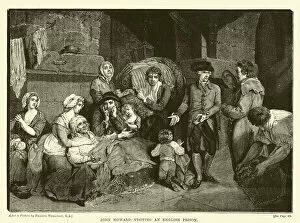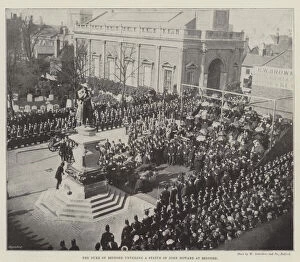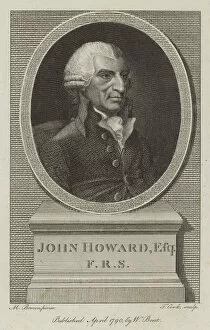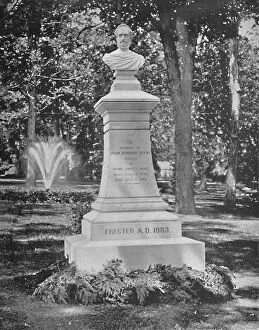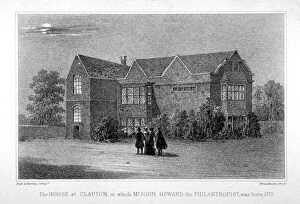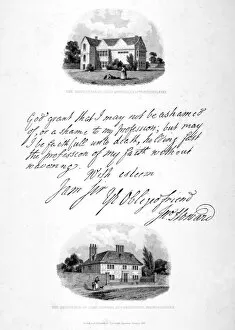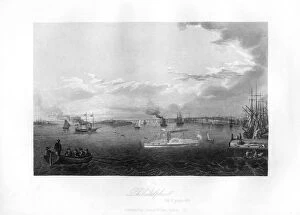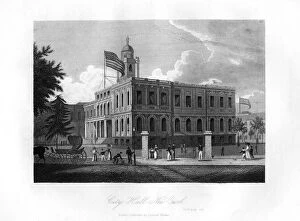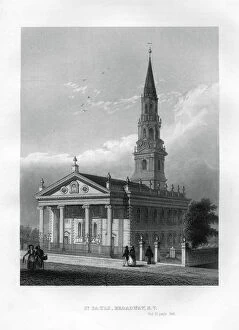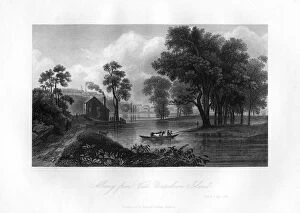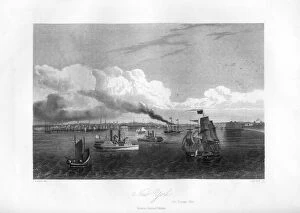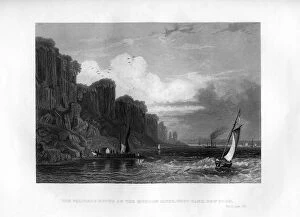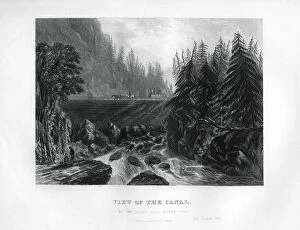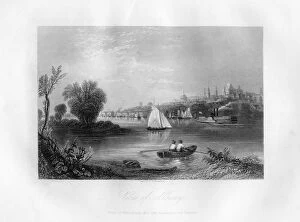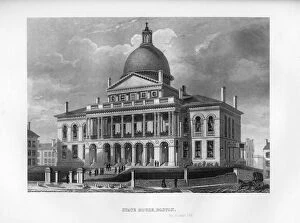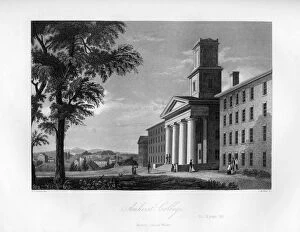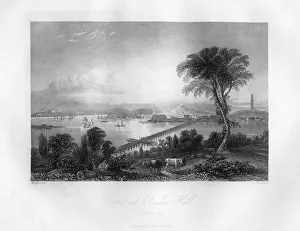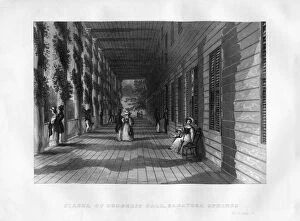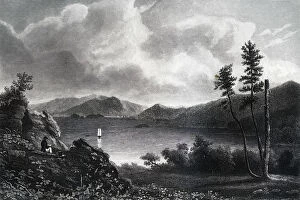John Howard Collection
John Howard was an English prison reformer who dedicated his life to improving the conditions of prisoners in the late 18th century
All Professionally Made to Order for Quick Shipping
John Howard was an English prison reformer who dedicated his life to improving the conditions of prisoners in the late 18th century. Born around 1780, he hailed from Glenarm, Co. Antrim and left a lasting impact on society through his tireless efforts. One notable depiction is captured in an engraving by James Howard Burgess during the mid-late 19th century. This image showcases him during his centenary celebration as a revered figure in prison reform. The engraving portrays him as a man of great compassion and determination. Another engraving depicts John Howard visiting a prison, highlighting his commitment to firsthand observation and understanding of the dire circumstances faced by inmates. In yet another scene, he is seen relieving a prisoner, showcasing his genuine concern for their well-being. Throughout these engravings, it becomes evident that John Howard was not only known for his philanthropy but also for being actively involved in inspecting prisons himself. His dedication to this cause is further emphasized by an ink-on-paper illustration depicting him on one such inspection. John Howard's influence extended beyond England; even the Duke of Norfolk recognized his contributions with an engraved portrait. His visits to various English prisons were documented through detailed engravings that showcased both admiration and respect for this remarkable individual. One particularly striking image shows John Howard quelling a mutiny at Savoy Prison—an act that exemplifies both bravery and leadership qualities possessed by this extraordinary man. In summary, John Howard's legacy as a prison reformer remains etched in history due to his unwavering commitment towards improving conditions within correctional facilities. Through various engravings capturing different aspects of his work and character traits like compassion and courage shine through—making him truly deserving of recognition as one of history's most influential figures in penal reform.









